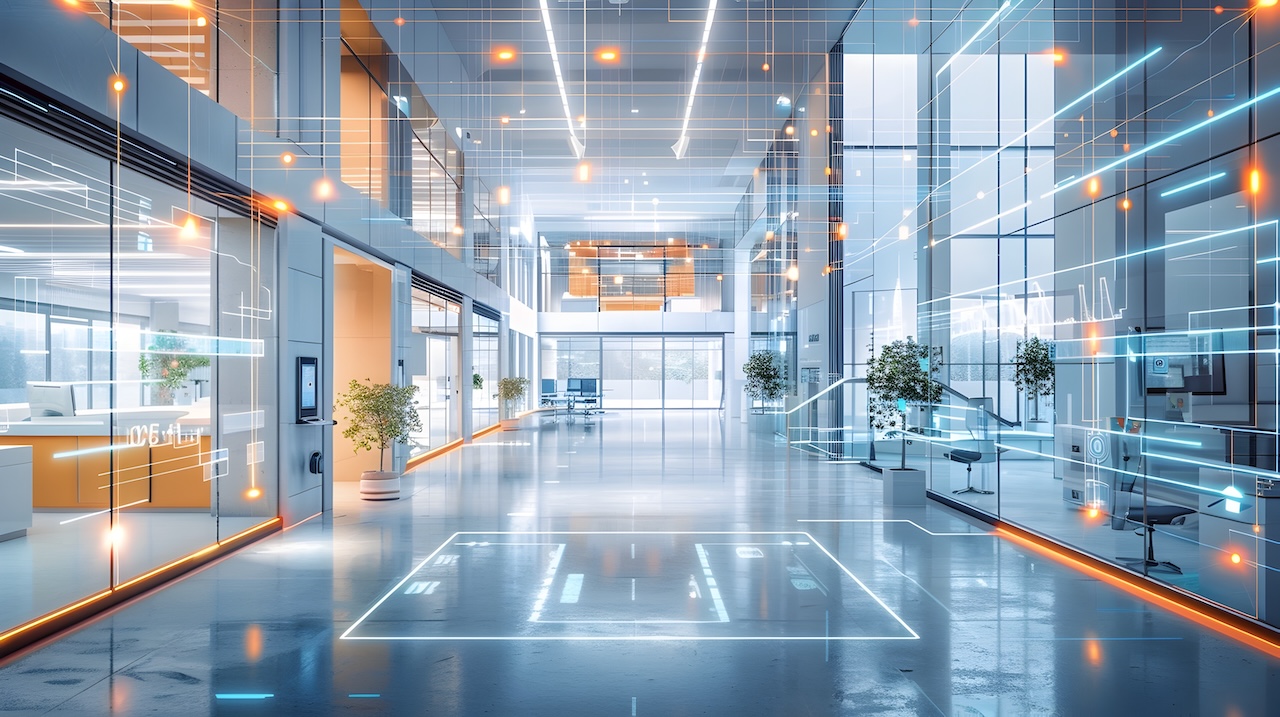A well-designed building must remain functional for decades. Architects balance aesthetics, functionality, and compliance while ensuring their projects can adapt to evolving technologies. However, wiring pathways are often overlooked in the early stages, leading to costly and disruptive changes later. Careful planning ensures a project remains flexible without compromising design integrity.
The Complexity of Modern Architectural Challenges
The past decade has witnessed dramatic technological shifts that fundamentally transform how we conceive of architectural spaces. Smart home technologies have revolutionized residential design, advanced security systems now demand intricate wiring and connectivity, and energy management technologies require sophisticated infrastructure. Access control systems continue to become more complex and integrated, pushing the boundaries of traditional design thinking.
These technological shifts align with broader trends shaping architectural education and practice. The rise of adaptive reuse projects, for instance, demands buildings that can pivot to new uses over decades, often leading to 50-year leaps in technological advancement between the old and the new. Similarly, sustainable design principles push for infrastructure that reduces waste from retrofits.
These changes highlight a critical truth: architectural design is no longer a one-time event but an ongoing process of anticipation and adaptation.
The Hidden Costs of Inflexible Design
Many architects and building owners discover the limitations of their designs only after significant investment. A painful and expensive lesson! Traditional design approaches often create unexpected challenges that extend far beyond initial construction.
One of the most common oversights is failing to plan for structured wiring pathways. When this happens, architects and contractors are forced to drill into walls or door frames to accommodate new wiring, disrupting the original design. Successful future-proofing requires a holistic view of architectural design. It’s about creating spaces that can minimize invasive modifications, maintain original design aesthetics, and reduce long-term adaptation costs.
Frame Frog’s Revolutionary Solution
Frame Frog represents a shift in architectural design infrastructure. By addressing the most common pain points in technology integration, it offers architects a powerful tool for future-proofing.
Frame Frog is a UL-certified wiring solution designed specifically for any door frame that has access control devices or may EVER need access control in the future, including fire-rated door frames. It provides a structured, concealed pathway for wiring, allowing architects to integrate access control, security, and building automation systems without compromising aesthetics or requiring invasive modifications. Unlike traditional methods that involve drilling into walls or frames, Frame Frog should be installed during the frame manufacturing process or can be done on the construction site for those last minute changes, ensuring a seamless and compliant solution from the outset. Architects can:
- Ensure a clean, organized wiring pathway that remains hidden from view.
- Avoid last-minute structural modifications that disrupt design integrity.
- Meet fire safety regulations while integrating advanced building technologies.
- Reduce installation costs and futureproof projects against evolving security and access control needs.
By incorporating Frame Frog early in the design phase, architects establish a higher industry standard that serves their building owners, ensuring their projects are prepared for both current and future technological advancements. This approach enhances the longevity and functionality of buildings while preserving the architect’s original vision.
Planning for Long-Term Success
Architects who prioritize adaptability create projects that stand the test of time. A well-planned wiring pathway is essential to ensuring that a building remains functional and future-ready. By considering these details early in the design process, architects can enhance the longevity of their work and provide clients with a space that evolves alongside the accelerating technological advancements. Talk to us about how Frame Frog can help you build for the future.

